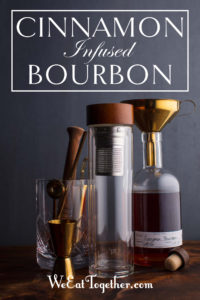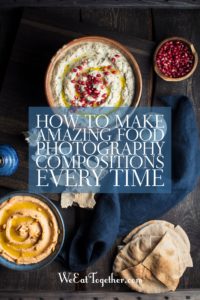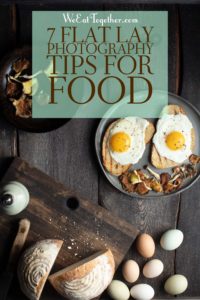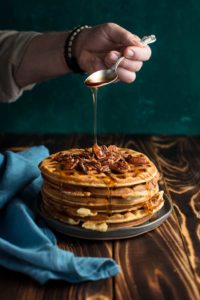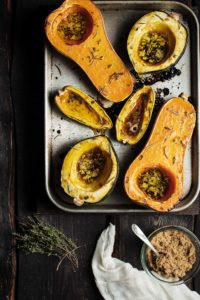This year my lovely wife, who knows me so well, went out and bought the 1pt Infusion Kit from Teroforma. I have to admit, I was a little skeptical when I first unwrapped it. However, after spending a few weeks with this odd tea kettle like booze contraption, I’m pretty impressed.
Food Photographer
How To Make Amazing Food Photography Compositions Every Time
With so many props and pieces of our story on the table how do we create food photography composition that keep the focus on the food. Well, it starts with…
7 Flat Lay Photography Tips For Food
This setup is the simplest, yet one of the most important techniques I have for getting beautiful flat lay food photography
Golden Pecan Waffles With The Perfect Pour
This image was shot for an upcoming tutorial on achieving the perfect action food photograph every time. It is created with a simple recipe of photography and post-production that gives you some amazing results every time. Food Photography Of The Day The tutorial will hit the blog in the next few weeks so stay tuned…
Beautiful Winter Squash So K.I.S.S.
This is a simple recipe, just five ingredients. Beautiful acorn, butternut and delicate squash roasted to a perfect warm gooeyness. Just add lots of butter, brown sugar, fresh thyme and rosemary and you’ll have a plate full of heaven. They make for an easy and simple photograph too. No need to fluff them up, their…
Dhow Boats In The Zanzibar Rain
For my 30th birthday, Heather took me and our daughter Ciela to the island of Zanzibar for 2 weeks. Enjoying the sun and sand quickly turned into running from the flash storm that swept the south east coast. As we made it under the cover of the bar, I was able to quickly photograph the…
